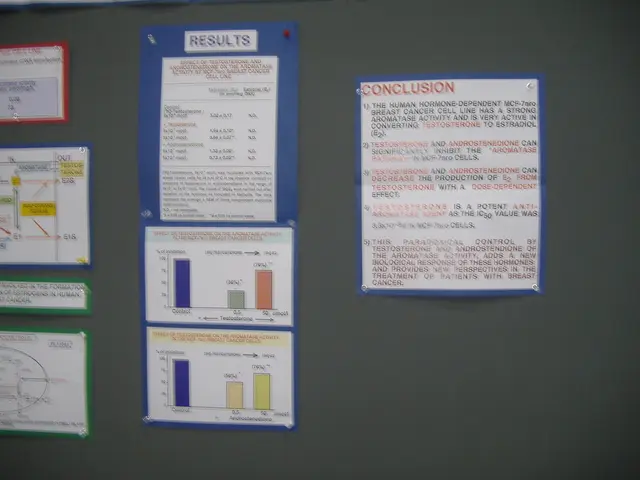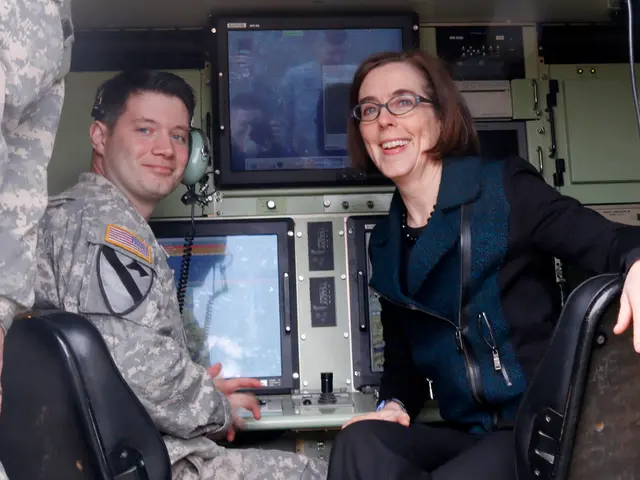Revitalization of Indigenous Languages and Bilingual Educational Programs
In today's world, technology plays a pivotal role in ensuring sustainable language revitalization initiatives, making bilingual education more accessible through digital platforms. This approach is essential in fostering a thriving, multicultural society where diverse language communities can flourish.
Advocacy for inclusive policies and funding is vital in addressing imbalances and securing resources for these communities. Embracing these strategies will ensure that language revitalization and bilingual education remain integral components of our society.
Establishing clear educational standards is crucial in effective policy-making. Collaboration between educational institutions and local communities is vital in fostering an environment that encourages the use of heritage languages and promotes cultural understanding.
Online communities and language exchange platforms connect language learners with native speakers worldwide, promoting cultural exchange and deeper understanding of the languages involved.
Historically, Indigenous languages have suffered drastic decline due to state policies such as residential schools and language suppression laws. Contemporary revitalization strategies focus on reversing these effects by nurturing community autonomy and cultural resilience.
Key strategies include community-led initiatives with multidisciplinary collaboration, the use of historical linguistic resources, Indigenous epistemic leadership and culturally embedded pedagogies, and stable, long-term funding and policy commitment.
Challenges faced by these initiatives include inconsistent funding, loss of fluent speakers, cultural disruption and trauma, and the need for new educational models. Despite these challenges, case studies such as Kanien’kéha adult immersion, Barngarla language reclamation, and Sikuani women's educational leadership reveal the transformative potential of these approaches.
Incorporating community input in policy-making is essential to ensure local languages are prioritized. The future of language revitalization and bilingual education is increasingly intertwined with innovative methodologies and inclusive practices.
Digital resources like language learning apps, online courses, and instructional videos facilitate self-paced language acquisition. However, globalization complicates language revitalization by overshadowing local languages and promoting the dominance of global languages like English.
A lack of supportive policies regarding bilingual education can limit funding and resources, making it difficult for language revitalization initiatives to thrive. Effective policies for promoting language revitalization and bilingual education should address educational frameworks, resource allocation, and teacher training.
Policymakers must identify and implement strategies that support bilingual programs while fostering a culturally inclusive environment. The lack of resources dedicated to less commonly spoken languages is a significant obstacle in language revitalization efforts. Collaboration among communities, educators, and policymakers will be crucial in overcoming these challenges and harnessing technology.
Providing funding for bilingual programs in both public and private institutions is necessary for successful language revitalization efforts. Technology significantly influences language revitalization and bilingual education by providing innovative tools and platforms that enhance language learning.
However, societal attitudes towards minority languages can reduce community members' motivation to engage with their native languages. To combat this, efforts should be made to promote and celebrate the rich diversity of languages within our society.
In conclusion, successful language revitalization and bilingual education hinge on community leadership, use of historical and digital resources, culturally relevant pedagogies, and stable, well-directed funding. Despite persistent challenges, the transformative potential of these approaches is evident in case studies from around the world.
Bilingual education can be expanded through e-learning platforms, providing access to education-and-self-development opportunities for diverse learners. Effective policies and funding are essential to address imbalances and secure resources for bilingual education initiatives.
Teacher training programs should embrace emerging technologies and incorporate community input to create culturally relevant and inclusive educational environments, ensuring sustained language revitalization and bilingual education.




